In theory, you could ‘socially distance’ from your DSLR and control it entirely via your smartphone!
Remember a time when telephones had operators? You’d tell them who you want to speak to and they’d control an entire wall of cables, plugging you in to the right channel so you could speak to the right person. There was a time when you couldn’t really use a telephone without the help of an operator – and now Siri can dial your numbers for you, connecting you to someone across the globe… WITH VIDEO! It seems like the world of cameras is having a similar moment. First, with drones that can autonomously operate to focus on targets and avoid obstacles, and now with the Polaris, which can automatically control your existing DSLR to shoot everything from HDRIs, panoramas, time-lapses, and even trace star trails. Plug it in and Polaris goes from being a computerized camera-operator to a video editor too, helping you adjust exposure and white balance while taking time-lapses, as well as removing people from your panoramas for those beautiful landscape shots!
Simply put, the Polaris exists in two parts… as a piece of hardware that sits between your DSLR and your tripod, and a piece of software that runs on your smartphone, allowing you to access its pro-features. The hardware unit is just about as big as your DSLR’s body (without the lens), and sports two motors that control its rotation and tilt, powered by an ARM processor. The hardware unit even connects to your DSLR using a MicroUSB cable, bringing a whole variety of power-features and controls to the Polaris app on your smartphone. The hardware and software communicate via WiFi, allowing you to remotely operate the Polaris from a distance. There’s even a premium cellular variant that lets you literally program the hardware from miles away. Open the app and the interface is filled with a bunch of features that let you either manually or automatically direct the camera to perform certain tasks. You can manually adjust settings like the aperture, ISO, exposure, or the camera path, or alternatively, choose from a variety of options right within the app. The Polaris app lets you click panoramas, time-lapses, and even star-tracking features with just the click of a button. Polaris can even shoot multi-exposure photos, ensuring that each shot is perfectly exposed, or multi-focus photos, giving you the ability to focus on objects AFTER clicking the picture. Your smartphone updates you on the progress of your shots as they’re being orchestrated by the Polaris, and the app even sends you the final images and video footage to your phone when you’re done, saving you hours of transferring media via SD cards and whatnot!
As impressive as that feature-list is, Polaris’ most promising feature is the fact that it supports OTA updates, which means the makers can give it new features and functionalities simply by rolling out software updates for the Polaris. The device comes in different variants, the Time Lapse variant being the base-model, with upgrades for the Astro Edition that lets you track constellations, the Premium variant that comes with built-in cellular, and the Pro, which even packs an external power supply for both the Polaris as well as your camera! In fact, the makers will even include a dew-heater strip with each Polaris to ensure you can shoot without worrying about lens condensation!
Designer: Benro
Click Here to Buy Now: $699 $999 (30% off). Hurry, only 17/800 left! Raised over $2,100,000.
Polaris – Smart Electric Tripod Head
The Polaris is a wireless, smart electric tripod head that helps photographers conveniently frame the perfect shooting angle with ease. In addition, Polaris can automatically render photos that normally required computer processing, such as panoramic photos, time-lapses, exposure bracketing, and so on.
Auto Remove Object & People from Photos
With the Scene Retouching feature built into Polaris, all you have to do is to take several shots of the same scene, and Polaris will automatically remove tourists or unwanted objects from photos.
Star Tracking
When capturing the night sky – Polaris uses the built-in GPS, compass, and astromaps to move the head precisely to prevent tailing or streaks. This feature will allow you to capture perfect shots of the Milky Way or your favorite constellations.
Holy Grail
Being challenged to capture a landscape or subject with a day-to-night (or vice-versa) timelapse? The “Holy Grail” mode tackles extremely technical and time-consuming scenario by automatically analyzing every photo and adjusting the exposure between every shot. Your camera can easily get perfectly exposed and smooth transitions without any manual work.
Preview Your Shot Even Before You Take It
In conjunction with the mobile app, Polaris can simulate the sun’s movement, and you can compose the picture before the sun has risen or is close to being set. The composition is simulated by using the mobile phone’s accelerometer, camera, and AI. You only need to select where you want the Sun framed above the horizon and send it to Polaris. Polaris will take photos at the exact time the sun hits that desired angle.
Focus Stacking
The smart controller can take a set of photos with different focal points, and using the AI can synthesize these into photos without blur. This means that every photo will have perfect focus throughout the image, and you can get creative with it or choose your optimal focal point later.
Multi Exposing & Auto Stacking
Let the camera automatically take multiple shots and then auto stack them to compose a bright and sharp night scene.
Timelapse Photography
Polaris uses the smartphone app to make setting up the interval between shots, duration, and exposure easy. Polaris can even adjust the timelapse settings during capture to ensure that the timelapse comes out exactly as you hoped it would.
Dynamic Timelapse
Thanks to the built-in programming functions, everything about your camera is controllable. Use this expanded ability to record timelapse videos with dynamic changes in the direction of view and speed. At the same time – dial in your ISO, aperture, shutter speed, and even your focal length from anywhere.
Fully Automatic Panoramas
With the help of Polaris, automatic panoramic shooting can be realized and reviewed in near real-time. After the automatic shooting is completed, the stitched pano can be checked through the app on your phone.
Polaris supports automatic multi-line panoramic photo shooting, you can choose the number of rows and columns of the photo – everything else is done automatically. This mode also supports enhanced exposure. Polaris can take multiple exposures of each section of the panorama to avoid under or overexposure in any section of the synthetic panorama.
Programmable Functions
Movements can be preprogrammed, camera settings can be tuned and dialed-in during rotation to get the perfect shot, and AI can change exposure while capturing a full-day motion timelapse to make sure nothing is blown out.
Through this simple interface, you can add custom control nodes. Each control node can individually set the parameters of the camera, the time interval between each shot, and the precise angle of the camera, or the rotation speed of the head.
Remote App Control
You can shoot the sunrise and sunset while staying warm in your car, and you can sit on your sofa and capture images of the starry sky.
Media Sync
You can transfer files right to your phone for preview and inspection without a card reader and computer. You can even process and send these shots to your favorite social platforms.
Click Here to Buy Now: $699 $999 (30% off). Hurry, only 17/800 left! Raised over $2,100,000.
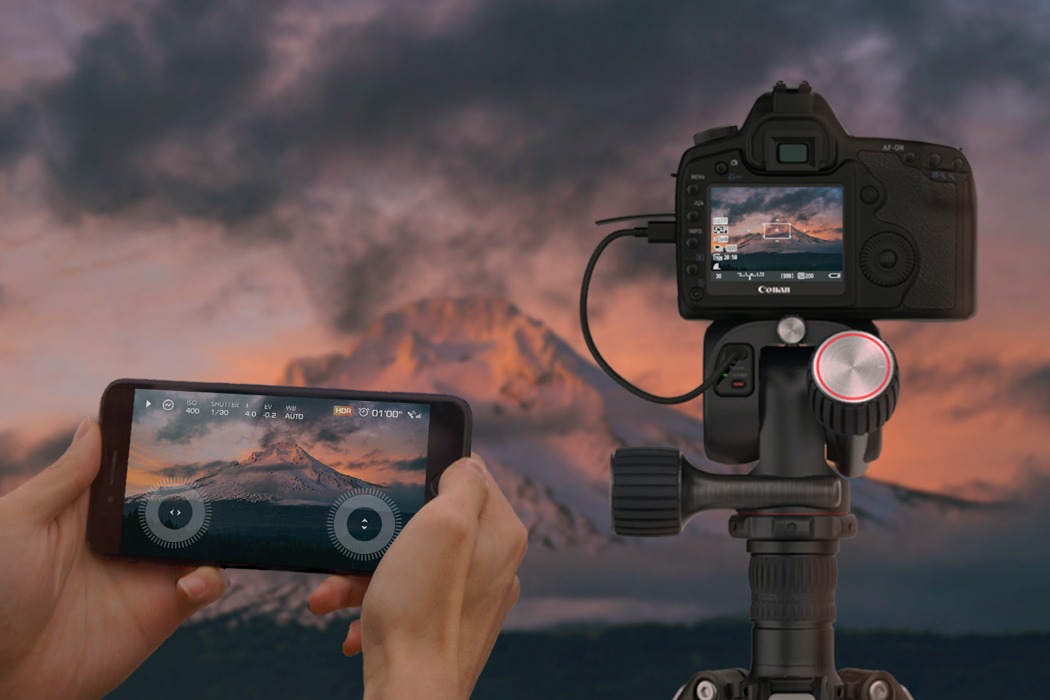
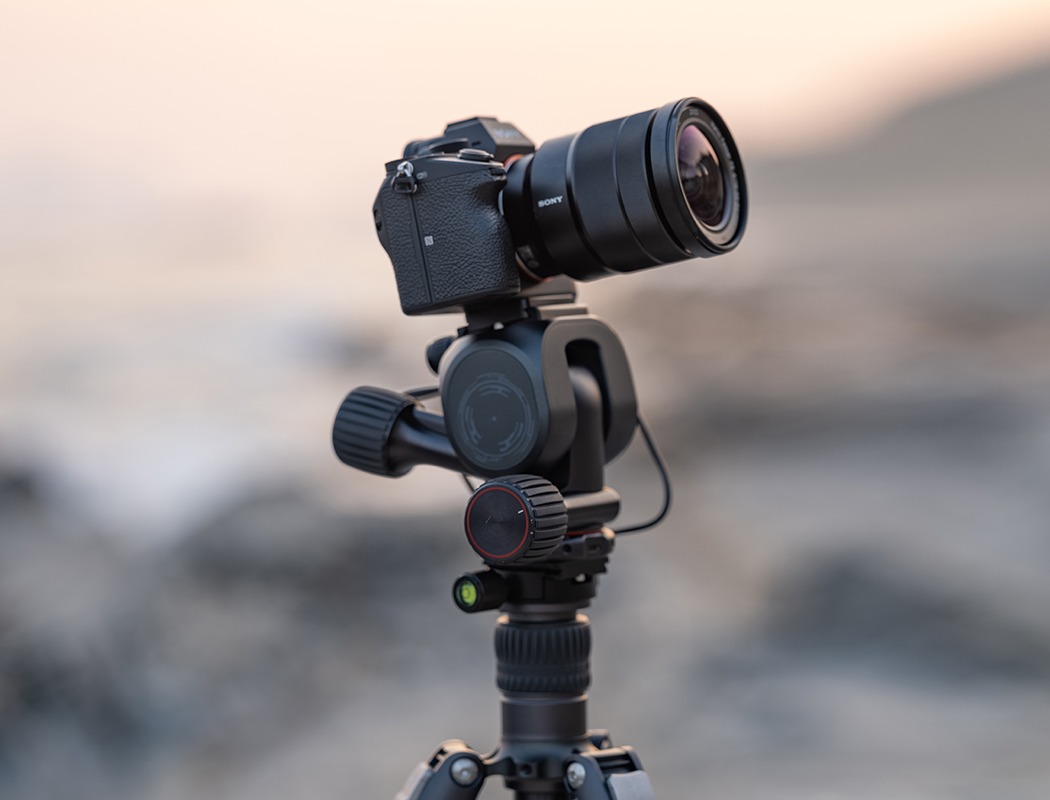


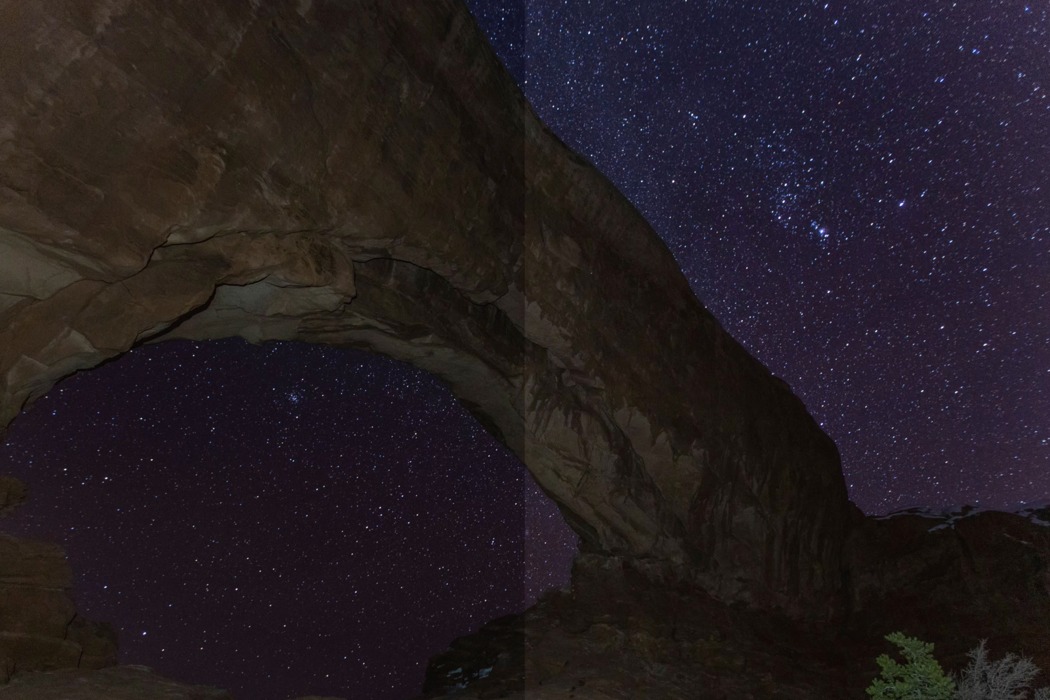

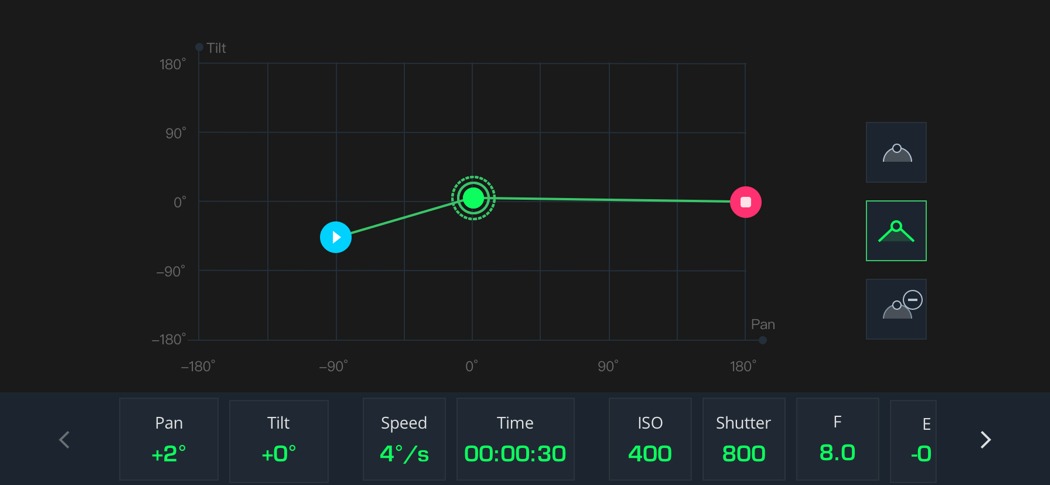
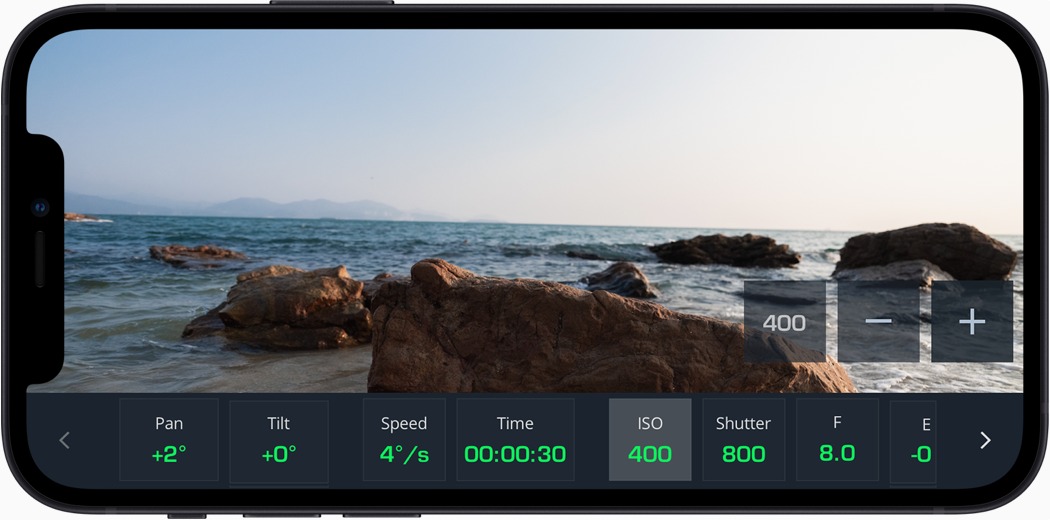


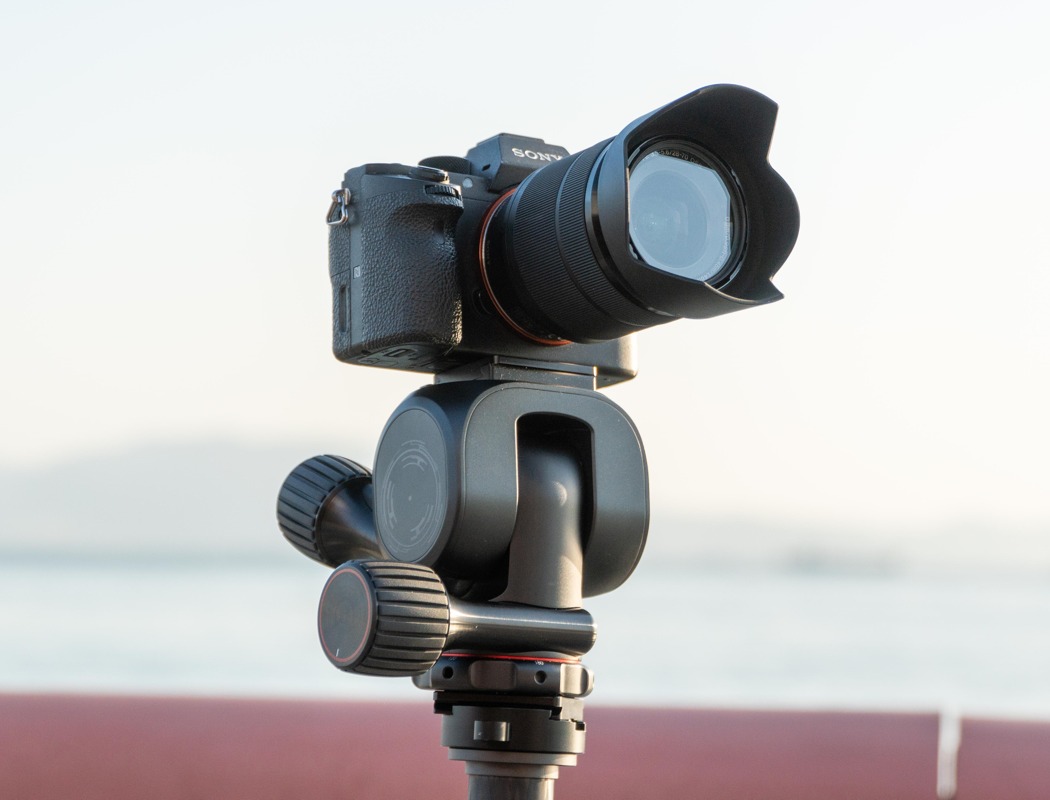




 With last year's Radeon RX 480, AMD wowed us with a $200 video card that could tackle VR and 1,440p gaming. But with its 500-series cards, it's aiming to make an even bigger leap. How does 1,440p gaming beyond 60 frames per second sound? That's what...
With last year's Radeon RX 480, AMD wowed us with a $200 video card that could tackle VR and 1,440p gaming. But with its 500-series cards, it's aiming to make an even bigger leap. How does 1,440p gaming beyond 60 frames per second sound? That's what...
 The European Space Agency (ESA) is collecting messages from people around the world to send to a place we'll never set foot on: Polaris. All you've got to do to send your thoughts to the North Star is head over to the "A Simple Response to an Element...
The European Space Agency (ESA) is collecting messages from people around the world to send to a place we'll never set foot on: Polaris. All you've got to do to send your thoughts to the North Star is head over to the "A Simple Response to an Element...
 AMD said that the Radeon RX 480 would be followed up by lower-cost models this summer, and it's acting on that promise in a timely fashion. Both the RX 470 and RX 460 (not pictured above) are now slated to arrive on August 4th and August 8th respect...
AMD said that the Radeon RX 480 would be followed up by lower-cost models this summer, and it's acting on that promise in a timely fashion. Both the RX 470 and RX 460 (not pictured above) are now slated to arrive on August 4th and August 8th respect...
 For its upcoming Polaris GPUs, AMD doesn't just want to entice hardcore gamers. Instead, it's aiming to bring virtual reality-capable PCs to just about everyone with its new Radeon RX480 video card, which will retail for a mere $199. The RX480 is cap...
For its upcoming Polaris GPUs, AMD doesn't just want to entice hardcore gamers. Instead, it's aiming to bring virtual reality-capable PCs to just about everyone with its new Radeon RX480 video card, which will retail for a mere $199. The RX480 is cap...
 Sure, Google has a way to reduce page load speeds, but that's limited to mobile for now. From the sounds of it, the venerable Massachusetts Institute of Technology has other plans that could make mobile and desktop web browsing about 34 percent faste...
Sure, Google has a way to reduce page load speeds, but that's limited to mobile for now. From the sounds of it, the venerable Massachusetts Institute of Technology has other plans that could make mobile and desktop web browsing about 34 percent faste...
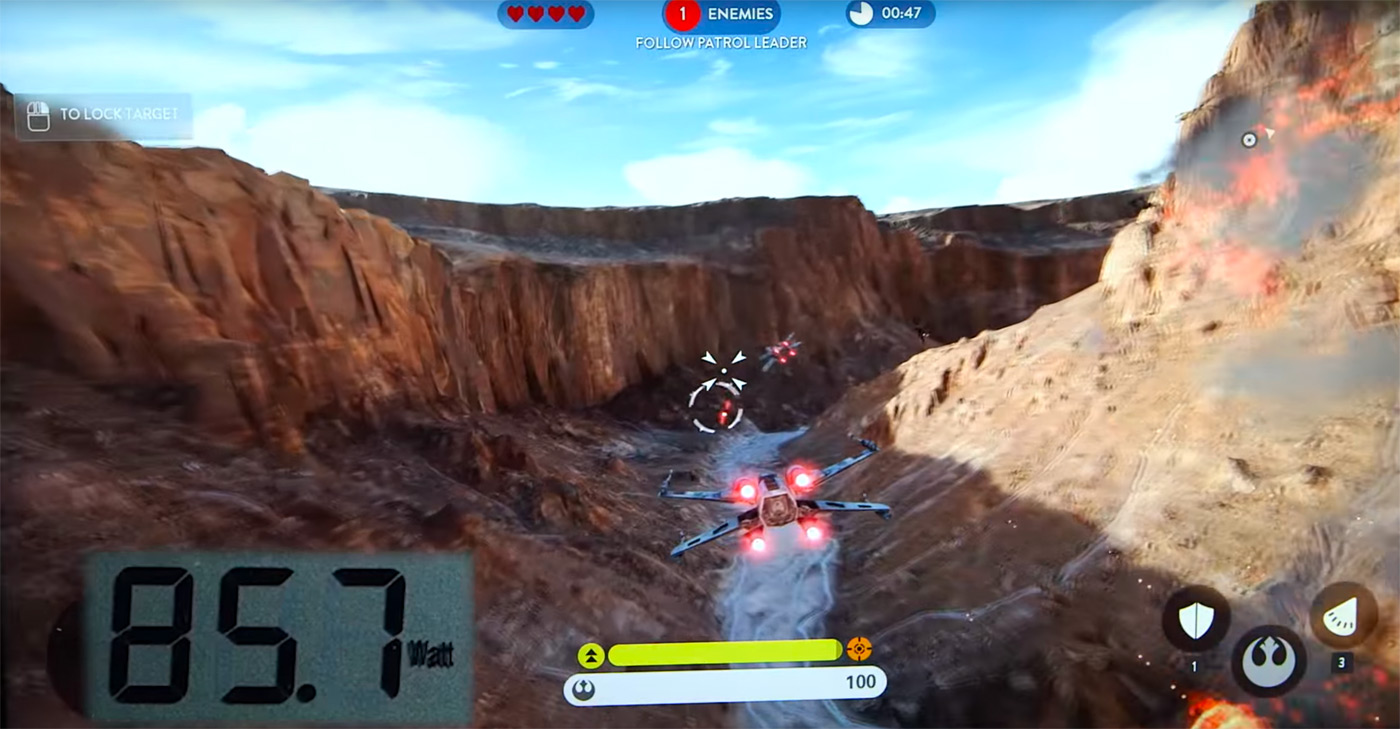 For all the talk of fast graphics in thin laptops, the technology isn't quite there yet. You typically have to choose between a bulky gaming machine and a thin system with pokey low-end video. AMD thinks it might have the cure, however. It just offer...
For all the talk of fast graphics in thin laptops, the technology isn't quite there yet. You typically have to choose between a bulky gaming machine and a thin system with pokey low-end video. AMD thinks it might have the cure, however. It just offer...